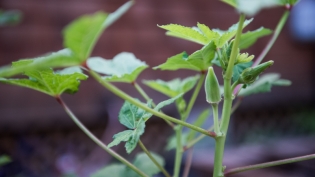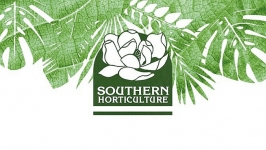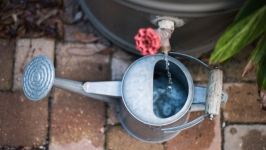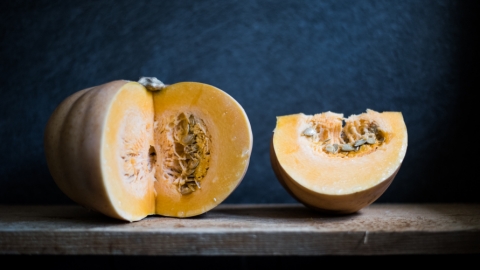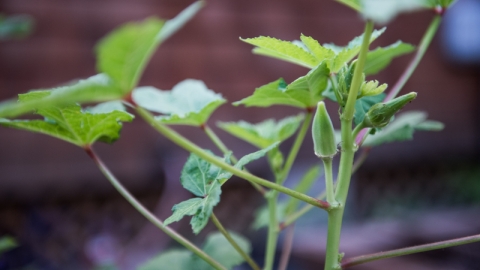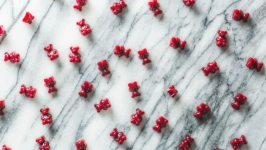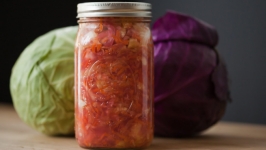Saving Seeds
The pinkeye purple hull peas in my garden were in their last stages of production, and only a couple of pods remained on each plant. While it was hard to resist picking the delicious peas, it was with an eye to next year’s garden that those pods were left to dry on the plants. It was time to save the seeds.
As we become more attuned to the importance of our local food system, we need to look at all aspects of sourcing and production. For home gardeners, this includes knowing where our seeds come from, so we can ensure we have locally adapted and resilient plant material. The age-old practice of saving seeds, from vegetables, grain, herbs and flowers, for use from year to year, is an overlooked link to building a resilient local food system.
Agricultural biodiversity has undergone a decline over the past century, and many heritage and native plant species have been replaced with varieties that are commercially successful. The U.N. Food and Agriculture Organization estimates that some 75 percent of plant genetic diversity has been lost due to the rapid expansion of industrial agriculture and monoculture (single crop) farms, while the Millennium Ecosystem Assessment reports that 60,000 to 100,000 species of plant are currently threatened with extinction.
Concern about the world’s food security has led to various conservation techniques. Communities around the globe have created seed banks and seed exchanges among farmers, gardeners and nations. This has become a critical step towards preserving ancient, heirloom varieties of food crops. The Svalbard Global Seed Vault, on the Norwegian island of Spitsbergen, is one example of the efforts underway to ensure against the loss of seeds during large-scale regional or global crises.
What can you do on a local level? First, when you garden, start with open-pollinated, non-hybrid seeds. Hybrid seeds are created when one plant is crossed with another to create a whole new plant, and are typically used in large agri-businesses. While these types of seeds may result in higher yields and hardy plants for one season, any saved seeds will revert back to the traits of its parents, so you don’t know what your plants will produce the following year.
Second, find others in your area committed to preserving heritage plants. Seed saving is a wonderful opportunity to gather with other local gardeners in your community and share varieties that successfully grow here. One type of seed sharing that is catching on is a seed library. Similar to book borrowing in a neighborhood library, gardeners bring in their excess seeds and can “check out” other seeds for varieties they are interested in growing.
Even if you just share seeds with your neighbors, you are taking an active step in preserving the practice of sustainable food growing.
**********
Want more information on saving seeds? Visit seedsavers.org/how-tosave-seeds




